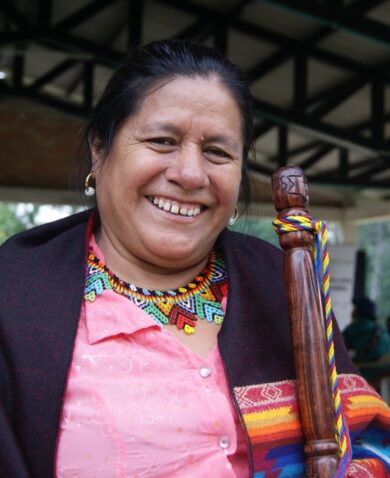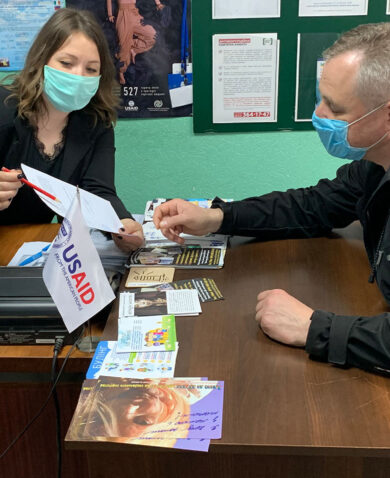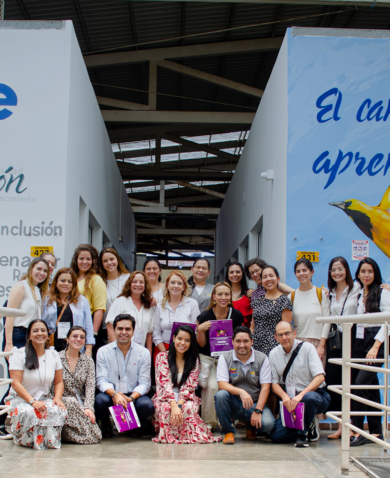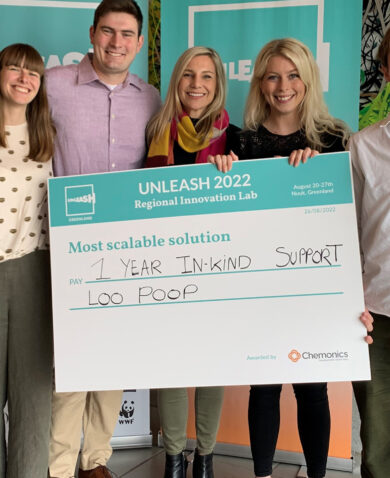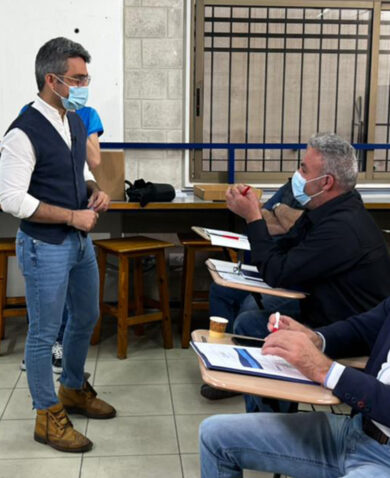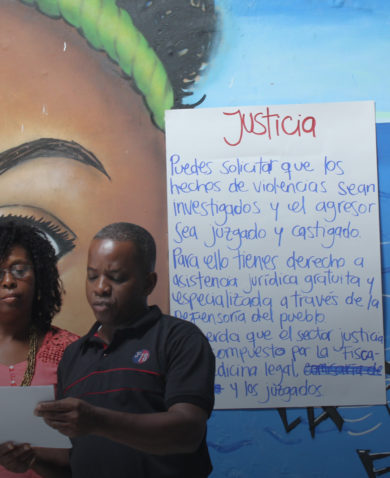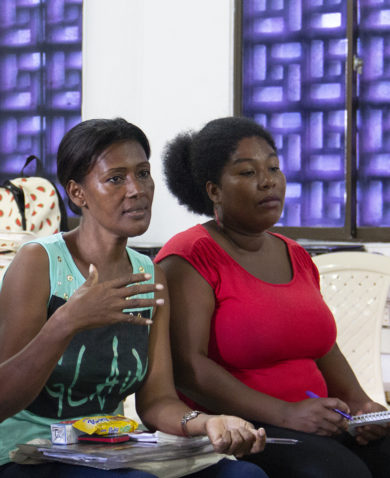
Approaches that Projects Can Learn from the Democracy and Governance Sector
March 16, 2017 | 3 Minute ReadNew research reveals smart strategies from the democracy and governance sector that other kinds of projects can use to bring stakeholders on board and increase impact.
What is cross-sectoral democracy, rights, and governance (DRG) programming and why is it important?
Cross-sectoral DRG programming recognizes that development issues are not single-sector problems — they overlap with other sectors; exist in a political context; and are as much, and often more, about power and relationships as they are about technical solutions. Solving a public health problem, for example, may involve governance, service delivery, citizen participation in decisions about health services, and more. Cross-sectoral DRG projects are projects from other sectors which use DRG principles — such as participation, inclusion, transparency, and accountability (PITA), local ownership, and thinking and working politically (TWP). The number of USAID cross-sectoral projects is growing, and the agency has established a Cross-Sectoral Program Division to support their growth.
New research on cross-sectoral programming
Given the growing number of integrated, cross-sectoral projects, a team of Chemonics researchers and I studied seven such projects to see whether we could identify effective approaches that could be used across fields. These projects were:
- DRG projects: Two DRG projects supporting multiple sectoral areas: Nigeria Strengthening Advocacy and Civic Engagement (SACE) and Indonesia Program Representasi (ProRep).
- Economic development projects: Two economic development projects using DRG tools and strategies: Feed the Future Uganda Enabling Environment for Agriculture (EEA) and Vietnam Governance for Inclusive Growth (GIG).
- Environmental projects: Three environmental projects using DRG tools and strategies: Peru Environmental Management and Forest Governance, Colombia Biodiversity Reduced Emissions from Deforestation and Forest Degradation (Bio-REDD+), and the Mozambique Coastal City Adaptation Project (CCAP).
The researchers who collaborated with me were Alex Russell, Allison Beresford, Elizabeth Hudler, Kathryn Capp, Russell Raymond, Shauna Caria, and Shawn Trumbo.
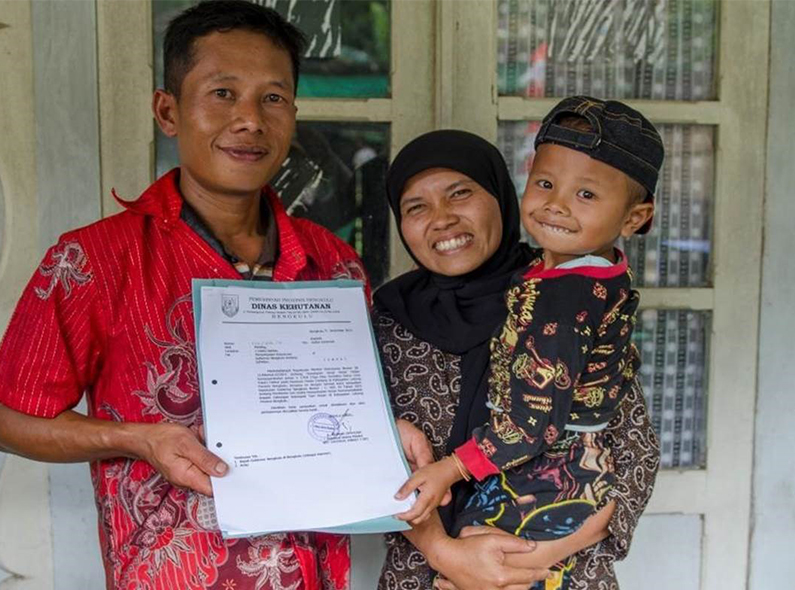
What did we find?
Firstly, we found that successful projects were less about designing ideal strategies and more about bringing together the right actors from across sectors as well as conducting activities and training that built trust and facilitated collaboration between these actors to solve their own problems. Secondly, we found that our projects used several tools that are part of the “collective impact” methodology, and that these tools can be building blocks for effective cross-sectoral work.
- Facilitation, not solutions: The projects didn’t solve partners’ development problems; instead they facilitated stakeholder problem-solving. Successful projects (a) brought together the people and organizations from across sectors (government, private sector, civil society, universities, and others) needed to resolve development problems, and (b) conducted activities and provided venues, training, expert assistance, and funding in ways that helped those groups build trust and collaborate to solve their own problems. They were “honest brokers,” dedicated not to a particular group or outcome, but to facilitating processes through which local actors could find and implement their own solutions. For example, Vietnam GIG played an important facilitating role in revising Vietnam’s Civil Code, which now addresses the rights of the country’s LGBT community for the first time, including personal identity, equality in marriage, and equality in employment. These changes were the result of long-term cooperation between social organizations, research institutes, think tanks, state agencies such as the Ministry of Justice, and international organizations.
- Lessons from collective impact: Second, we found that the methods projects used to facilitate stakeholder problem-solving were similar to those used in collective impact projects. Collective impact is a methodology for solving complex social problems developed by scholars at Stanford University to solve multi-sector domestic “development” problems. The Nigeria SACE DRG project, working with subcontractor Root Change, is explicitly designed to use collective impact tools, but other projects also use collective impact tools and mindsets. These included (a) helping stakeholders develop common agendas for reform, (b) conducting mutually reinforcing activities to facilitate reforms, and (c) training in advocacy. Projects also (d) functioned like collective impact “backbone support organizations” (independent organizations guiding, facilitating, and providing logistics and resource support), (e) got the right eyes on the problem across sectors, (f) structured interactions among stakeholders to help them resolve issues and (g) build relationships of trust, and (h) adjusted and adapted to changing circumstances.
Implications of these findings
It is possible to draw several conclusions from these findings that could be applied to other projects.
- A “cross-sectoral DRG methodology”: The similarity of tools and methodologies used across the projects we examined suggests that we can define a general methodology for implementing cross-sectoral DRG projects.
- Developing and using that cross-sectoral DRG methodology: U.S. foundations are studying and becoming more adept at implementing cross-sectoral projects domestically — several using a collective impact methodology. Using what we are learning, and lessons from collective impact, should enable us to develop tools and techniques for building and implementing more effective cross-sectoral programs internationally.
- Project leaders skilled at facilitation: We all know individuals who have successfully led multiple complex projects in very different fields, and are skilled at bringing together stakeholders from across sectors and facilitating their collaboration. For cross-sectoral programs, these skills are likely more important than sector technical experience.




